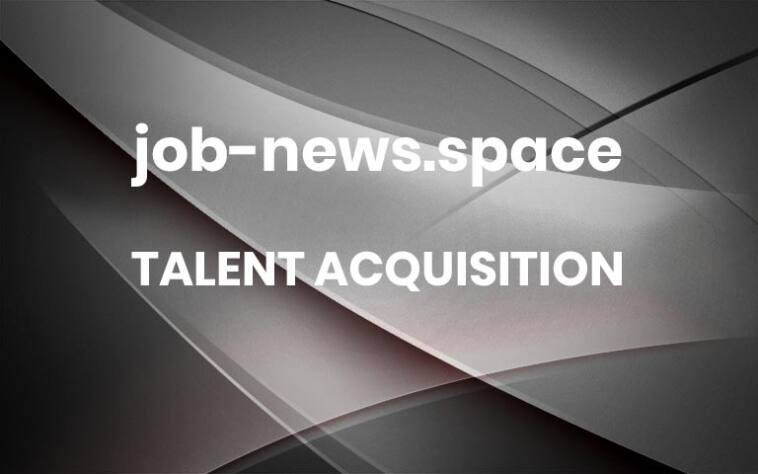Ready to Start Programming with AI? A Quick Guide for Software Engineers
Though we’re still a ways out from building machines that will take over the world with artificial superintelligence, AI is on the rise. To sum up the recent explosion of generative AI, Vijay Pande, a general partner at venture capital firm Andreessen Horowitz, tells the Washington Post:
“There’s a lot of excitement about AI right now. The technology has… gone from being cute and interesting to where actually [people] can see it being deployed.”
AI has found its way into a myriad of applications (think: innovative approaches to coding reviews, testing, debugging) and is quickly becoming an advantage for staying competitive. Talent will likely be expected to leverage AI tools in their workflows to be more effective and efficient. In fact, the US Bureau of Labor Statistics shows that 37% of job descriptions listed AI work and skills in the emerging tech category.
This includes building programs to understand and help us humans in our day-to-day lives, like Siri, Alexa, and countless chatbots. It can make operations networks, like Amazon’s, hyper-efficient by predicting who will want what, when and where. It can also focus on research, with programmed learning able to evaluate results against hypotheses, and adjust and retest to advance our understanding of the world.
Tip: Try some courses on AI and Machine Learning
If nothing else, having some familiarity with AI could give you some Thanksgiving dinner fodder to blow your grandparents’ minds. But it also could lead to promising new career opportunities.
Why AI?
If you’re looking to add to your repertoire to boost your marketability as a software engineer, artificial intelligence is a safe bet. According to Hired’s 2023 State of Software Engineers report, demand for machine learning and data engineers ranks among the hottest software engineering roles.
Here are a few lucrative roles for which AI programming may get you noticed:
The other reason for picking this up is pretty simple: it’s cool as hell!
The field of artificial intelligence is an exercise in replicating the very thing that (most of us would consider) makes us human. The emergent property of our trillions of synapses firing in a symphony gives me the sense that I am “me,” and each of you the sense that you are “you.”
Though most applications facilitate learning-focused, singular tasks or making predictions based on massive data sets, there is still something special about working to bring machines to recreate biological capabilities. And even in weak AI, the possibilities are endless to help the world become a better place with creative, elegant software. And isn’t that what we all want?
How to start programming with AI
When it comes to picking the right language to get your career on an AI track, you need to decide what type of work you want to be doing and evaluate that against the support and pre-built libraries that can assist you along the way.
Start with a general language that works well with data processing and analysis. The most prominent and in-demand at tech companies are Python, Java (or Scala), or R (if you exclusively want to be a data scientist). Choose just one.
Learn a language for interacting with a database management system (DBMS) that will help you access and organize the data you’ll use in your algorithms. Knowing SQL and understanding basic NoSQL is highly recommended. If entering a larger company, Hadoop, Spark, or similar will also be helpful.
Understand the key frameworks and libraries for building AI solutions. Some that are important for common AI problems are:
TensorFlow (a must!): used for high-volume, complex numerical computations
Accord.net: used for things like classification, regression, and clustering
Caffe: used for image recognition
Scikit-learn: used for common AI problems and data mining
NLTK: used for natural language processing
Try online courses for programming with AI
It’s also helpful to experiment with the growing AI packages provided by online course providers like Coursera.
Getting started with AI
Getting deeper into machine learning:
And some additional resources:
Like any new skill, it will take discipline to master programming with AI. But from the practical to the theoretical, from the present to the future: programming with AI is a worthy practice to add to your tool belt.
Originally written by Mike Parker in May 2019. Updated by Hired Content Team and Coursera in October 2023. More




